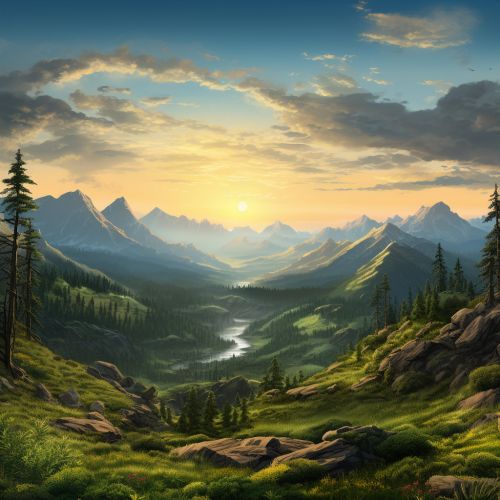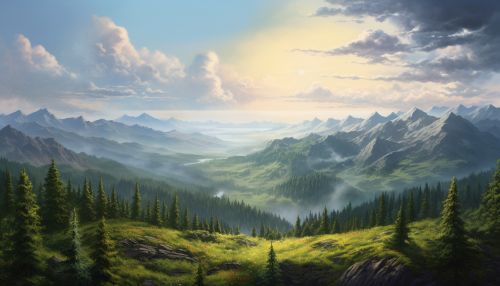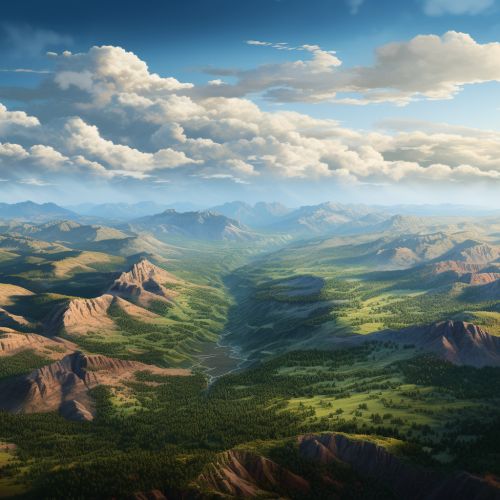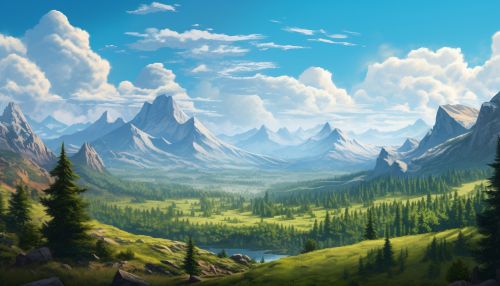Geography of the United States
Physical Geography
The United States is located in North America and is the third largest country in the world by both land area and population. Its physical geography is incredibly diverse, ranging from the Arctic region of Alaska in the north to the tropical climate of Hawaii in the Pacific Ocean.


Topography
The United States is divided into several distinct geographic regions. The Atlantic Coastal Plain extends from the northeastern United States in New England to the southern tip of Florida. This region includes the Florida Everglades, a unique wetland ecosystem. To the west of the Coastal Plain is the Appalachian Mountain Range, which extends from Alabama to southeastern Canada.
The Interior Plains region, located in the central part of the country, is divided into the Central Lowlands and the Great Plains. The Rocky Mountains, located to the west of the Great Plains, stretch from the Canadian border in the north to the Mexican border in the south. The Basin and Range Province includes the Great Basin, Mojave Desert, and the Sonoran Desert.
The Pacific Mountain System, located along the Pacific coast, includes the Sierra Nevada and the Cascade Range. Alaska, the largest state in the U.S., features rugged mountain ranges, including the Alaska Range which hosts the highest peak in North America, Denali.


Climate
The United States has a diverse climate, influenced by latitude, elevation, and proximity to bodies of water. The Köppen Climate Classification system identifies several major climate types in the country. These include humid continental, humid subtropical, Mediterranean, marine, desert, and tropical climates.
The Great Plains region is known for its semi-arid climate, while the Pacific Northwest is known for its marine climate, characterized by cool summers and mild winters. The Southwestern U.S. is known for its desert and semi-desert climates.
Human Geography
The human geography of the United States is as diverse as its physical geography. The country is a federal republic composed of 50 states, a federal district, and five territories.
Population
The United States is the third most populous country in the world, after China and India. Its population is characterized by a high degree of multiculturalism due to immigration from many countries over the centuries. The most populous state is California, while the least populous is Wyoming.
Urbanization
The United States is highly urbanized, with about 82% of the population living in cities and suburbs as of 2020. The country has many large and globally influential cities, such as New York City, Los Angeles, and Chicago. These cities serve as major hubs for finance, politics, commerce, education, culture, and entertainment.


Natural Resources
The United States is rich in natural resources. These include petroleum, natural gas, coal, copper, gold, silver, zinc, iron ore, and lead. The country also has significant renewable resources, including wind, solar, and geothermal energy.
